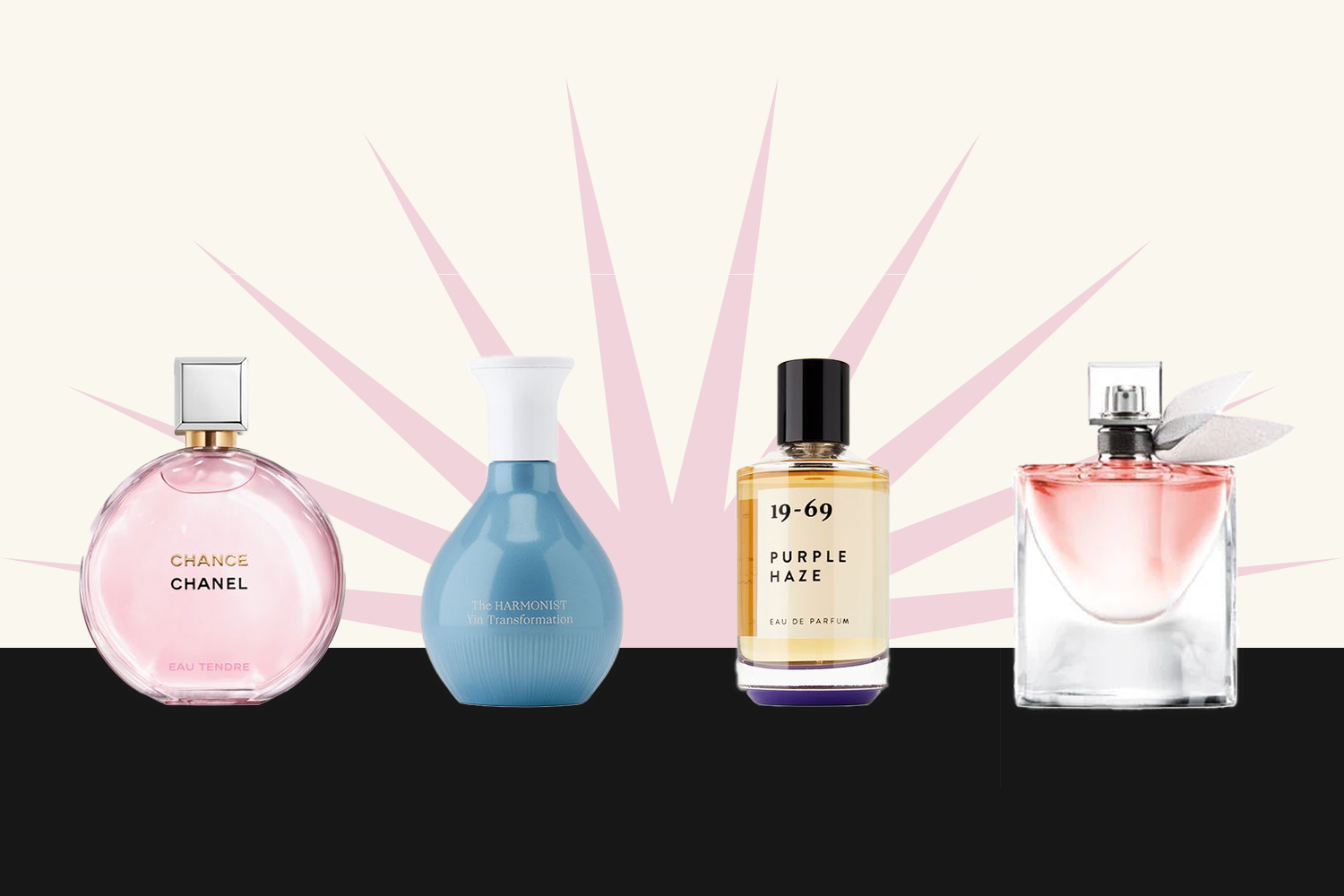A Stitch in Time: Perfume
Graphic by Isabelle Hauf-Pisoni.
I didn’t fully develop an appreciation for perfume until this winter break when I met a friend for a coffee date. When she walked in, a deep, delectable aroma wafted over me — a combination of vanilla with something deeper and more woodsy. When I inquired about what she was wearing, she said it was “Eilish” by Billie Eilish.
A few days later, I acquired my own bottle of the singer’s perfume.
I am obsessed with this product; the whole thing is a sensory feast. The glass bottle is encased in a golden, female bust reminiscent of a Greek statue. The fragrance itself is decadent and alluring with base notes of wood and musk; heart notes of spices, cocoa and vanilla; and top notes of sugared petals, mandarin and red berries.
I wear it on my pulse points every day, and I’ve told friends that I may or may not fall in love with anyone who wears it.
In honor of Valentine’s Day — and my newfound appreciation for perfume — I wanted to delve into the history of perfume and the science behind the well-known aphrodisiac.
Perfume comes from the Latin word “per fumum,” meaning “through smoke.”
Historical records indicate that the first iteration of perfume, or aromatic substances used for aesthetic purposes, originated 4000 years ago in Mesopotamia in the form of incense. The ancient Mesopotamians primarily used herbs and spices for perfuming.
Later, the Ancient Egyptians titled one of their Gods, Nerfertem, as the God of perfume and luck based on his association with the aromatic and narcotic blue water-lily.
Perfume in its contemporary form was born when Persian philosopher and physician Avicenna discovered the process of distillation, or boiling a liquid substance to break apart its chemical composition. Heused it to make perfume oils from flowers.
Perfume is now defined as a substance comprised of three ingredients: perfume oil, fixatives used to reduce the evaporation rate and solvents in which the perfume oil is dissolved.
Any type of fragrance is categorized by its concentration level: the amount of perfume oil in a product and the resulting expected duration on the skin. A parfum is highly concentrated, containing between 15% to 30% perfume oil.
Perfumes are strategically concocted so that the aroma they give off changes with time passed since application. This is where top notes, heart notes and base notes come in.
Top notes — such as the sugared petals and fruity overtones in “Eilish” — consist of small, light molecules that evaporate quickly. These scents are responsible for a perfume’s initial allure.
Heart notes emerge right before top notes evaporate completely. They’re usually chosen to boost the strength of the top and base notes.
Base notes are large, heavy molecules that can stay for up to a day after application. Part of the seductive nature of perfume is the promise of more.
You can’t initially put your finger on what the base notes of a scent are, but if you stick around you may just find out.
“Eilish” by Billie Eilish. Image credit: https://billieeilishfragrances.com/


